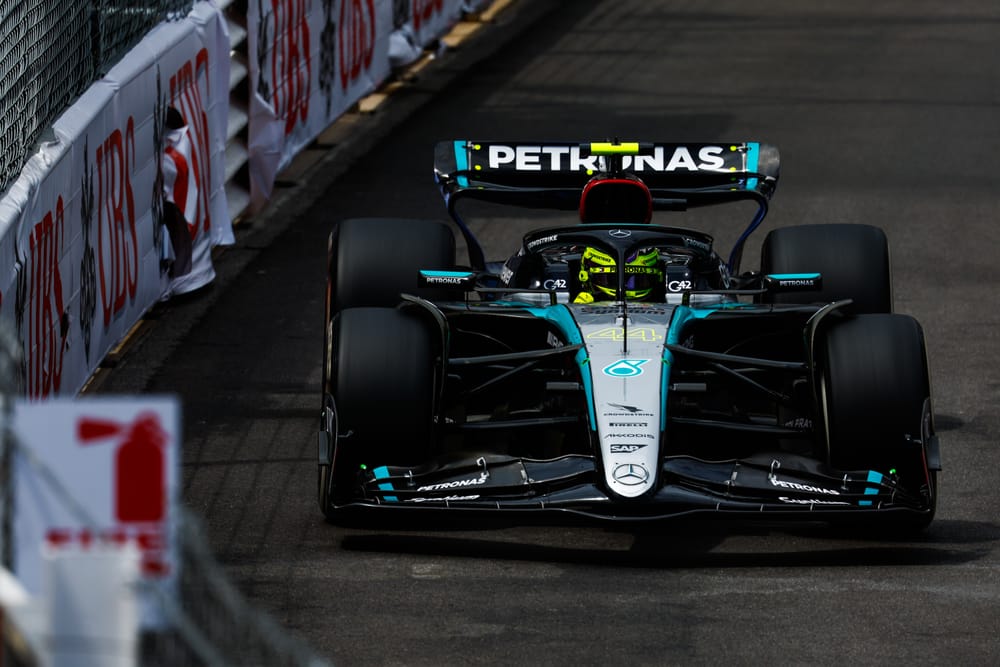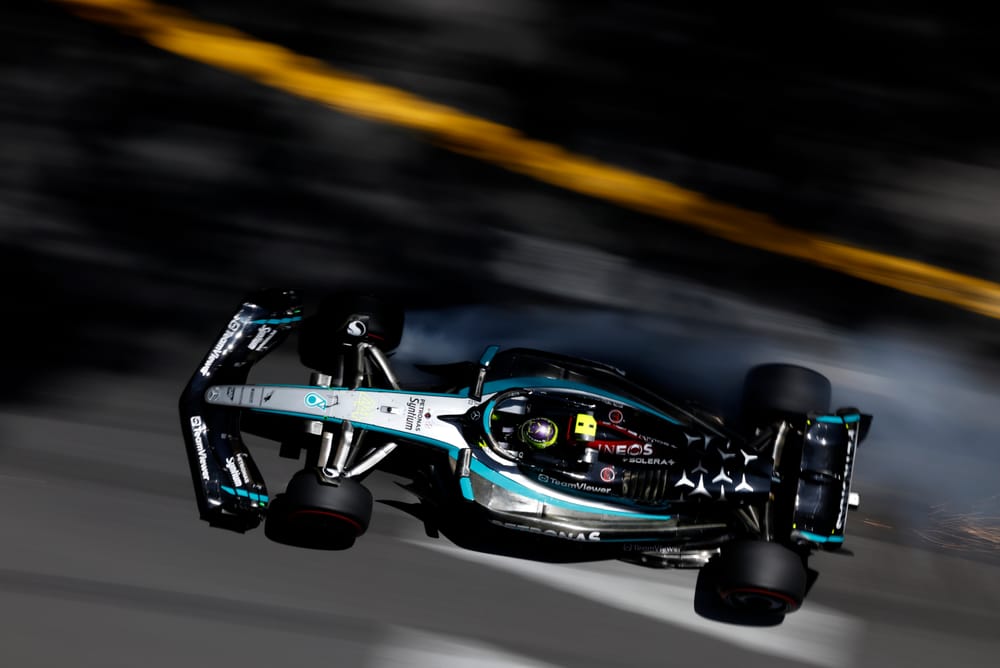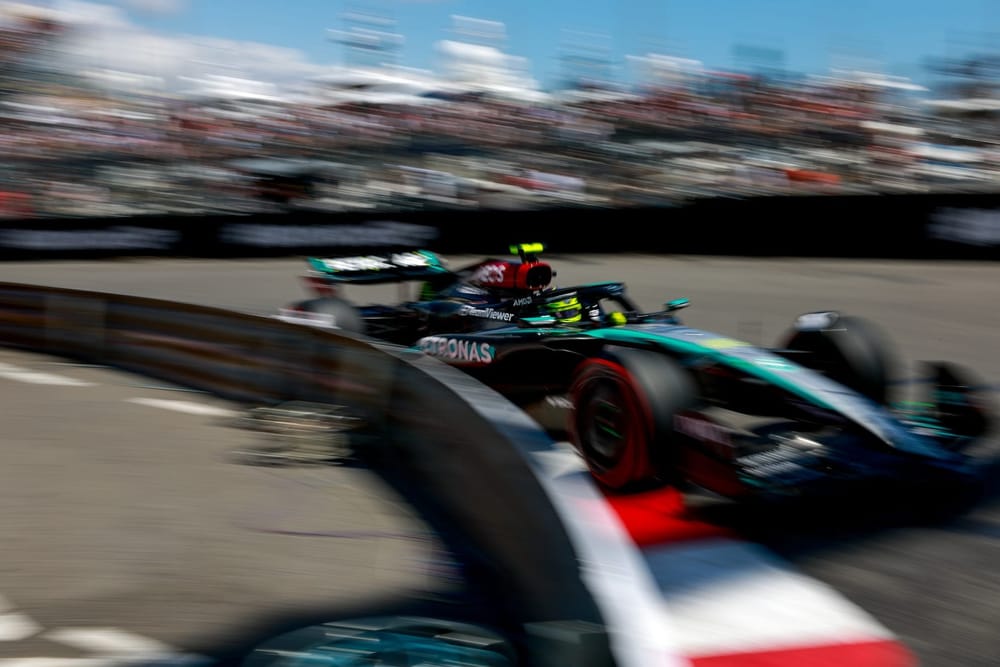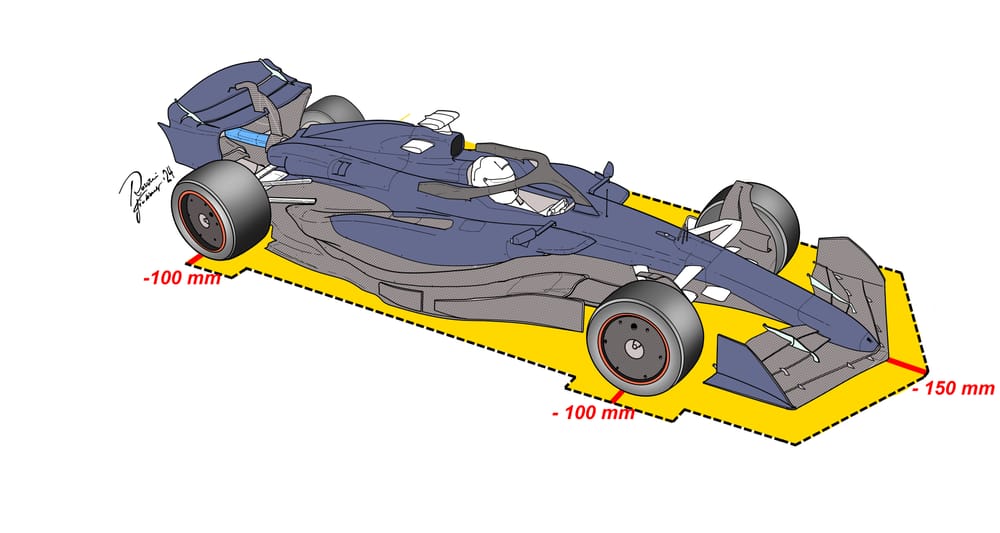Up Next

Twelve months ago, Mercedes abandoned its Formula 1 car concept with a major upgrade package introduced at the Monaco Grand Prix.
Out went the infamous zero-sidepods in favour of a more conventional approach. Yet one year on, Mercedes is still struggling. That’s because in fixing its old problems, it has created some new ones.
That’s why not only is it not close to winning races, but it’s also being thrashed by one of its customer teams.

Mercedes team principal Toto Wolff calls McLaren’s turnaround over the past year - using the same engine - “a fantastic recovery story”, transforming it from also-ran to podium regular and grand prix winner.
But what of Wolff’s team’s rather less meteoric recovery story? And given McLaren has turned things around so spectacularly, why hasn’t Mercedes?
MISLEADING SIDEPOD CHANGES
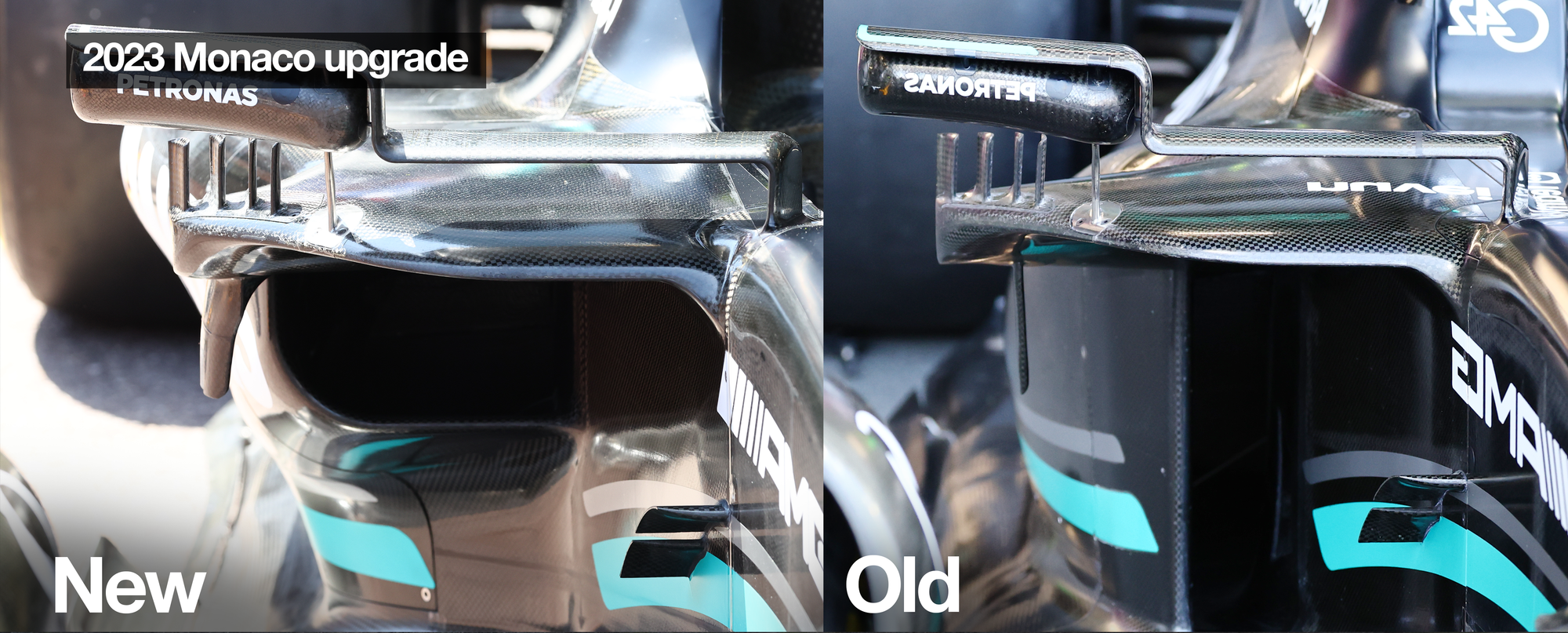
When Mercedes made that very visible change for Monaco 2023, inevitably the focus from the outside world was on the ditching of those visibly-obvious zero-sidepods.
But as the team has consistently said, that was not a key change. Instead, technical director James Allison pointed to the underfloor in particular - as well as rear brake drums/ducts and front wing. There were also tweaks to the front suspension to improve the platform control.
This was all about setting Mercedes on a pathway to having a car that could run low enough to generate the necessary downforce without hitting bouncing or porpoising problems.
The Mercedes W15 is the full realisation of that change of direction. Yet it is firmly fourth-best in 2024, both in terms of its constructors’ championship position and its average pace - having recently moved decisively ahead of Aston Martin.
That at least proves Allison was right that the sidepod change wasn’t significant. But Mercedes is still a clear step behind the top three - Red Bull, Ferrari and McLaren. And while it was able to get in amongst those teams at Monaco, the previous weekend at more conventional Imola was perhaps more representative.
As Lewis Hamilton said after finishing sixth at Imola, the race-pace deficit was three or four tenths per lap - and he says that kind of lap time gain is “not in the windtunnel at the moment” for Mercedes.
However, using Imola as a case study, it’s clear that Mercedes has made tangible progress over the years. Wolff referred to the last Mercedes visit to Imola as horrendous, with the huge bouncing problems the team battled in the early days of the current regulations in 2022 exposed badly.
Mercedes is still suffering from the knock-on effects of going the wrong way initially, but there are signs it’s starting to catch up.
PROGRESS - BUT NOT FAST ENOUGH
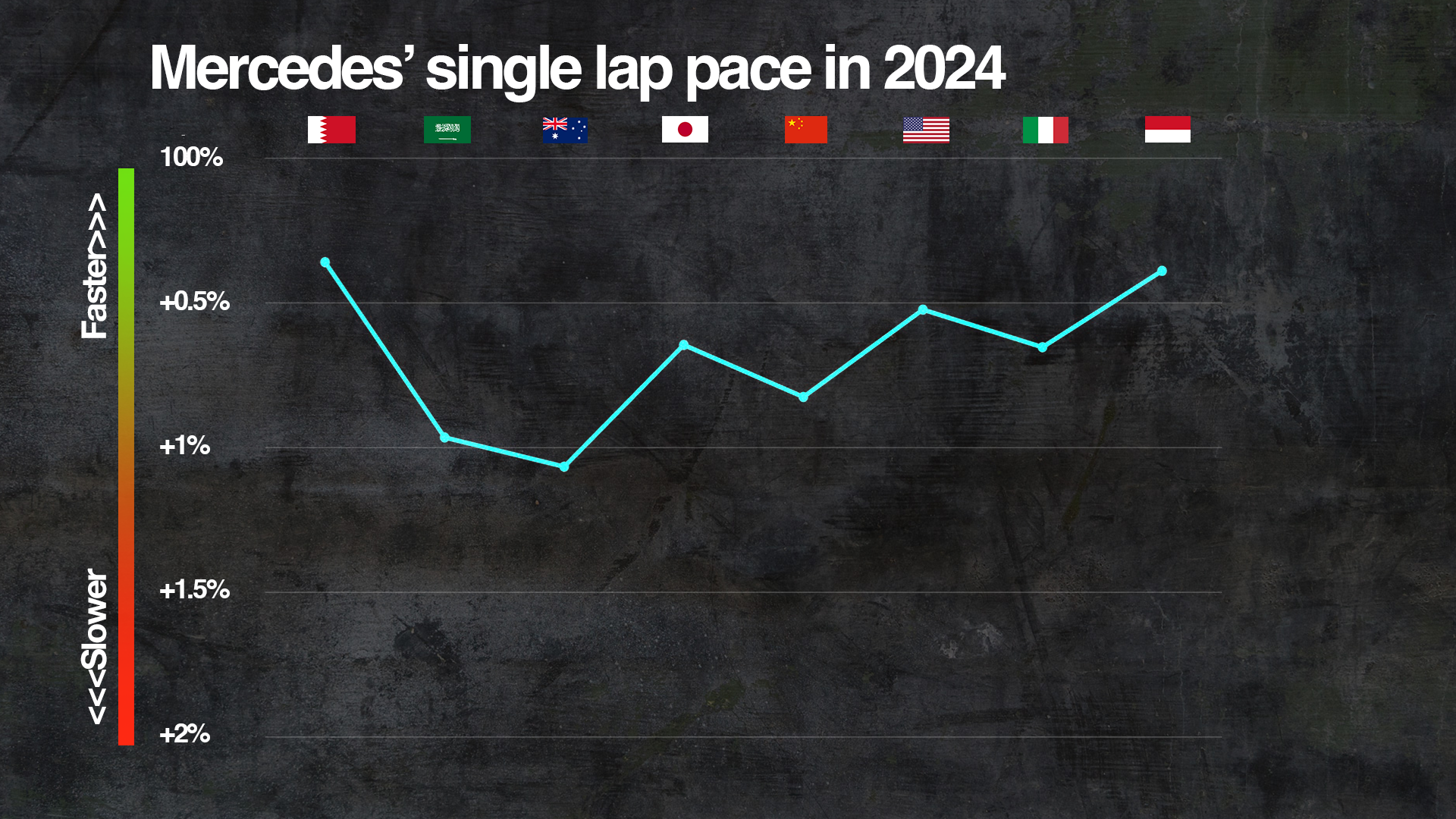
Since the dramatic car changes 12 months ago, Mercedes has made progress in absolute terms, insofar as its car is generally faster than its predecessor.
At the six circuits F1 has visited so far in 2024 that were used last year, Mercedes has gone quicker at five of them - the exception being Miami.
However, in relative terms it’s actually slightly regressed. Having ended last season on average just over 0.5 percent off the pace, it’s been just under 0.7 percent off so far this year.
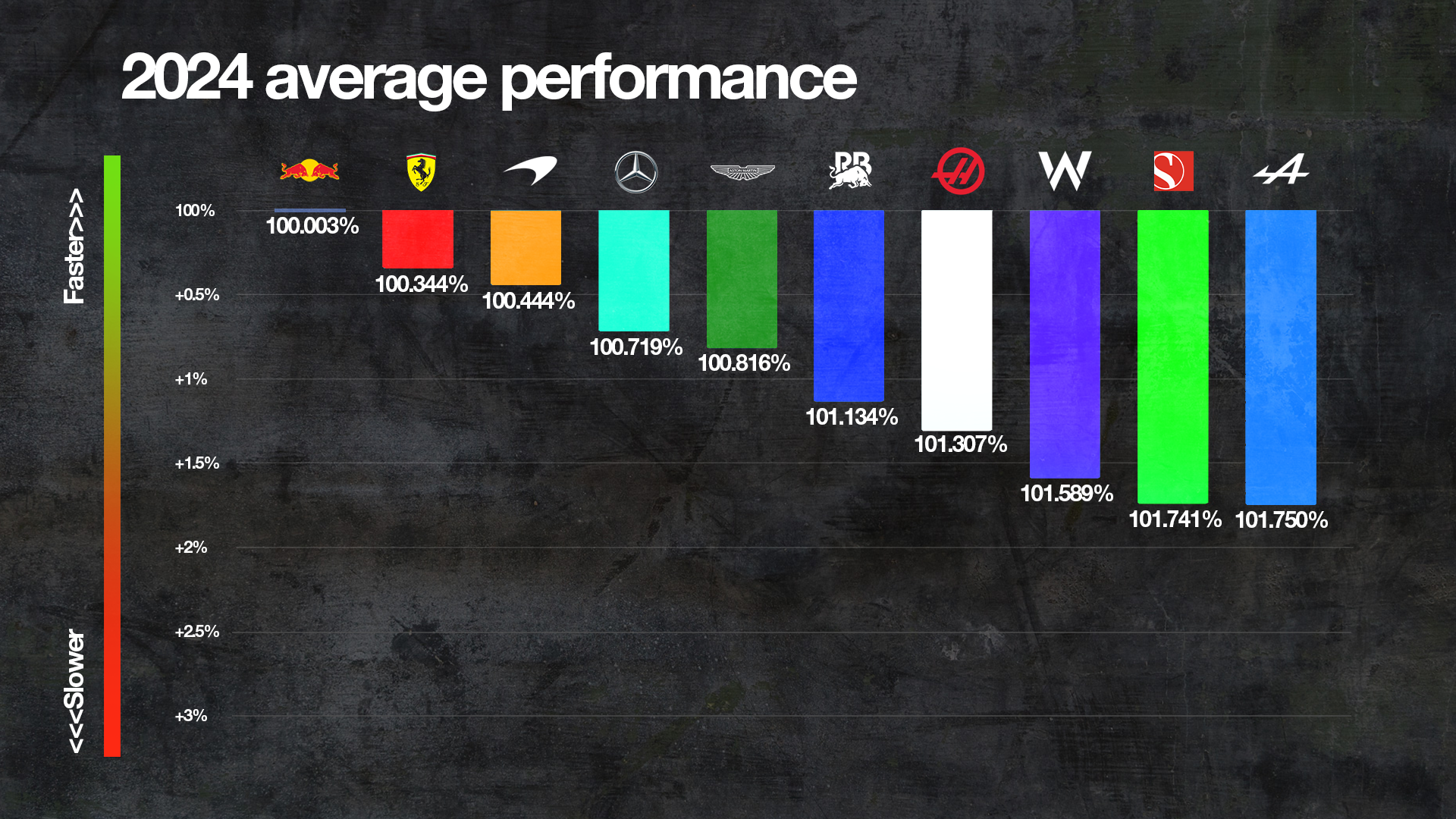
While last year’s W14 was limited by the fundamental architecture of the car, the expectation was that changes to the monocoque, gearbox and - crucially - suspension design would unlock greater development potential.
And despite the so-so results, the steady progress being made with the car is proof of that greater potential being realised - even if it’s not rapid enough to climb the order.
Allison thinks there’s no longer much in terms of the hard points on the car that must be changed. It’s now simply a question of hard work and steady development to get Mercedes back to respectability.
WHERE THE REAL GAINS ARE COMING FROM
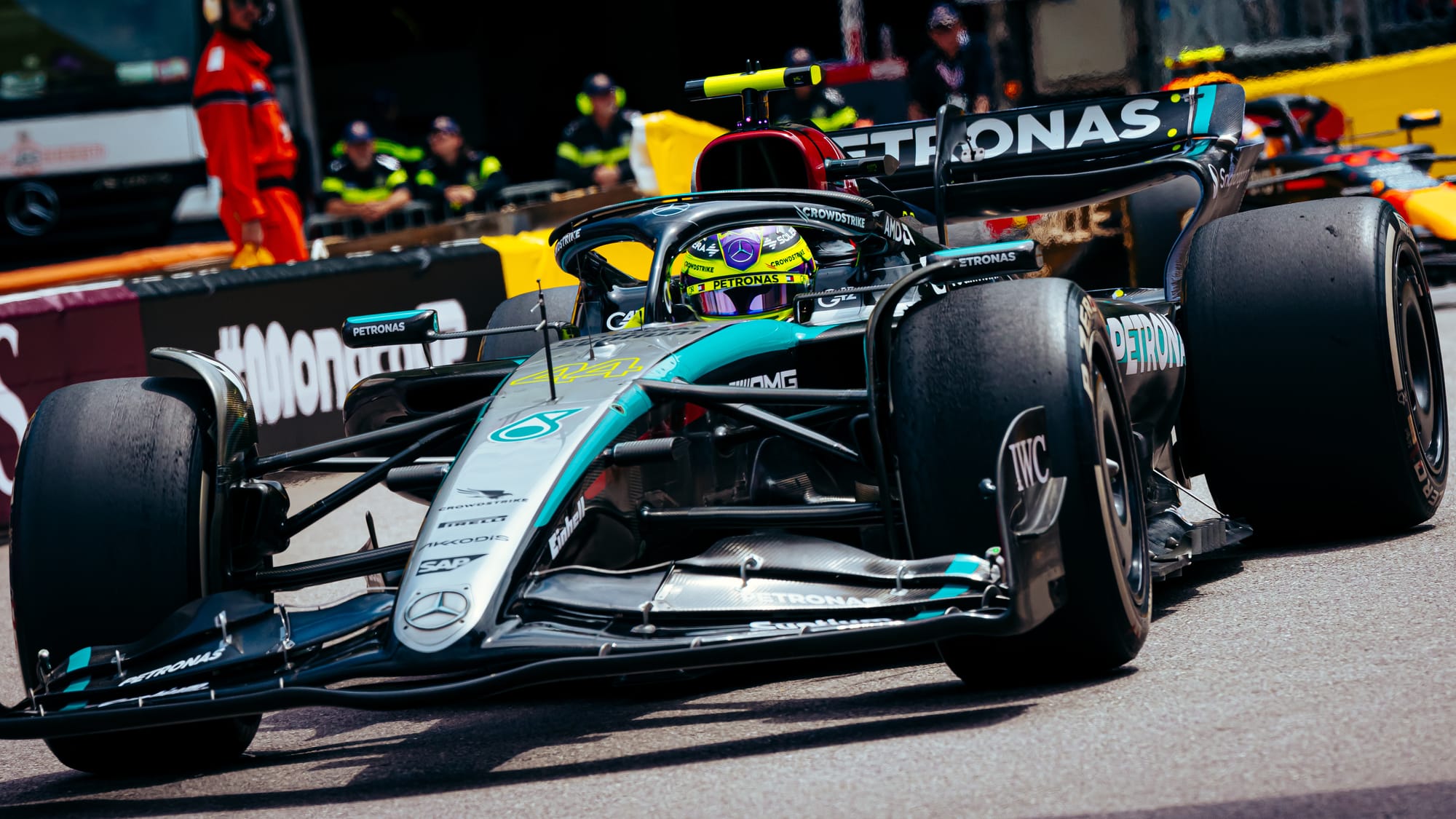
The sidepods weren’t the big change, although it’s worth noting that their elimination did increase the opportunity for working the airflow around the outside of the sidepods as other teams do.
Instead, when it comes to talking about concepts it’s more about the ride heights you conceive the car to run at, how you achieve that and how you approach making it work across a wide range of corner speeds and conditions.
With last year’s car, Allison admitted that it was conceived to run a little too high by carrying over the 2022 car concept and underestimating the opportunity presented by tweaks to the floor height regulations over the winter - which Mercedes pushed for but then didn’t fully exploit.
Mercedes corrected that with this year’s car and the greater anti-lift on the front suspension and anti-squat on the rear suspension is all about trying to get the car able to run low to produce downforce without hitting bouncing or porpoising problems.
Upgrades have been steadily introduced this season. In Miami, there was a modified front wing featuring a change in chord-length as well as tweaks to the floor edges.
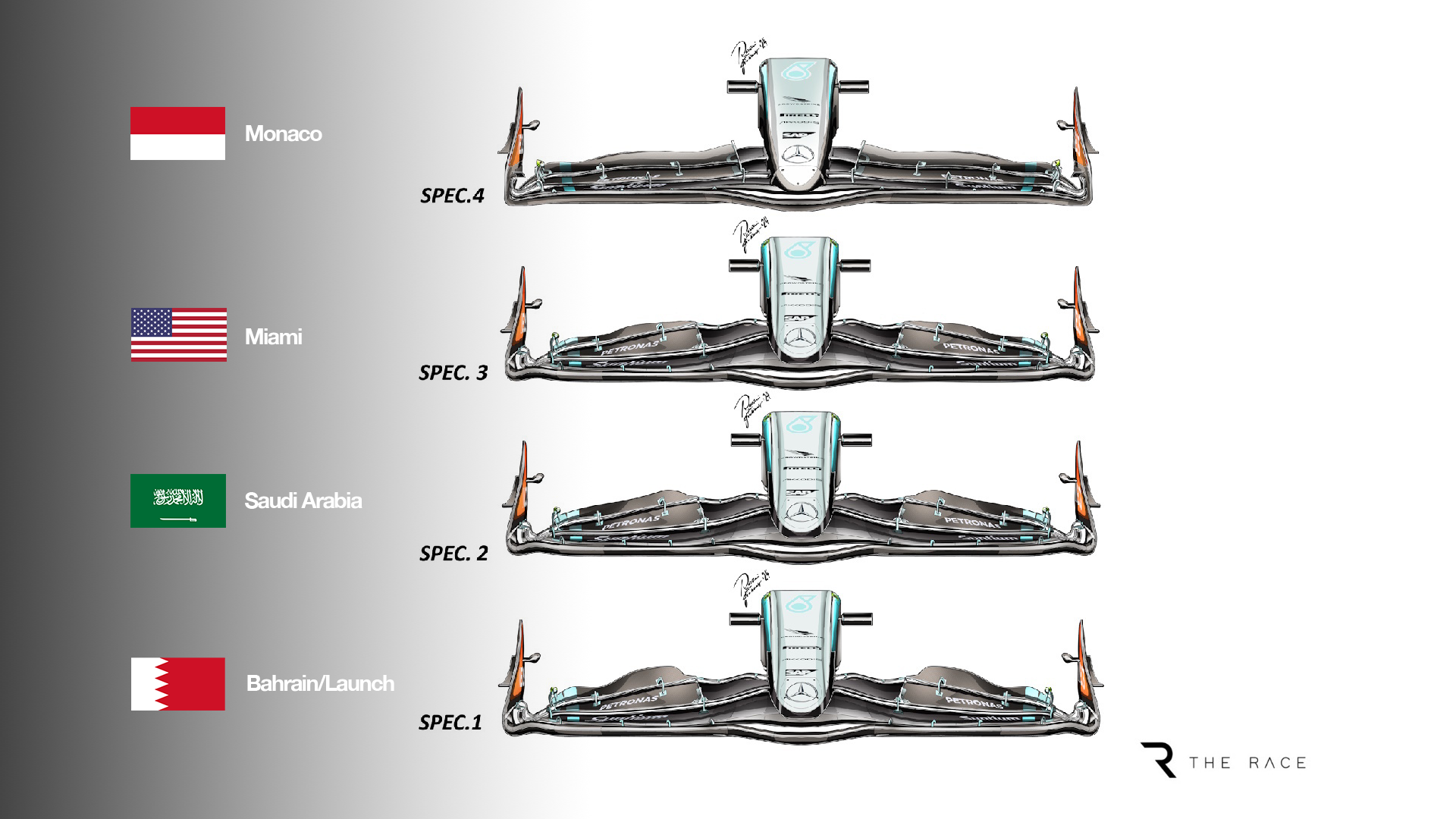
Then, at Monaco, George Russell ran the one new front wing available. Both drivers will use this front wing, which trackside engineering chief Andrew Shovlin describes as “a step in the right direction”, in Montreal.
Just as ditching the zero-sidepods in 2023 represented abandoning a visually-obvious innovation, the same applies with the 2024 front wing.
The new wing ditches the unique design Mercedes introduced at the start of the year. This connected the narrowed top flap of the front wing to the nose with a strip of carbon fibre to satisfy the regulations.
Doing this opened up cleaner airflow to the front of the floor. However, it has presumably come at the cost of aero load at the front.
And the front wing changes point to the big problem Mercedes still faces.
SLOW-CORNER STRUGGLES
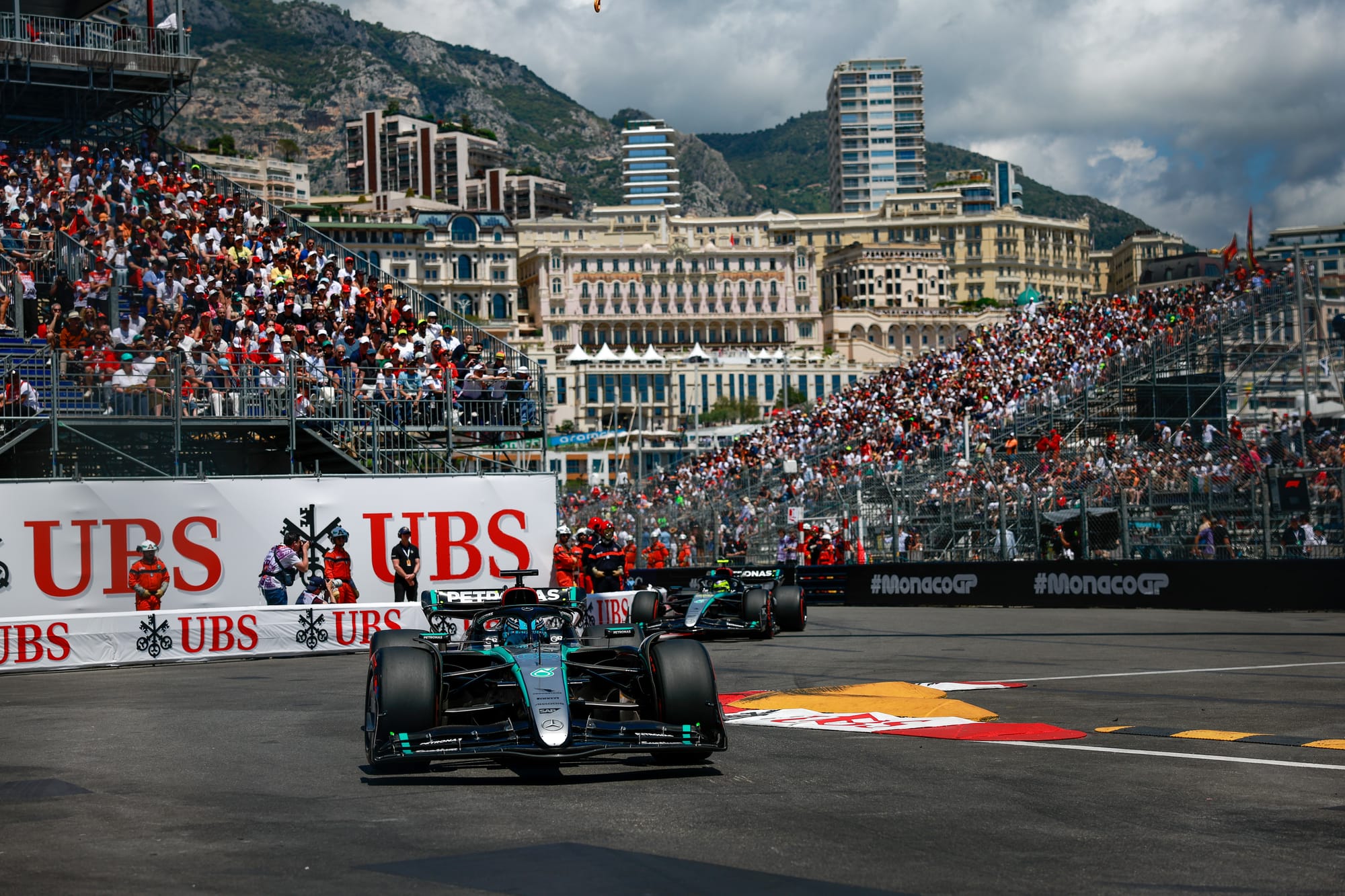
The big problem Mercedes had last was rear end stability in the faster corners. The drivers complained constantly and fixing that was a priority, but Russell says this has led to over-compensation with this year’s car.
Now that the car has been better understood it’s proving stronger in the high-speed - after some early-season troubles - but the problem is getting the car turned into slower corners. As Hamilton puts it, “the slower you go the less the car wants to turn”.
That’s particularly troubling for Hamilton given one of his strengths is the ability to brake incredibly late for slow corners and still get the car rotated quickly on turn-in.
The upshot is a car that’s strong in the fast corners, but understeers in slow corners. And if you change the setup to make the turn-in for slow corners better, the Mercedes loses some of its fast corner strength. That’s why there’s been so much talk about connecting up fast and slow corner performance.
To characterise the problem, Wolff (borrowed a metaphor from Allison) uses the metaphor of a small duvet that isn’t big enough to cover you - you have to give away warmth at one end or the other - ie fast or slow corner performance.
The ongoing development programme is focused on solving this problem. And Allison believes that noticeable progress will have been made by the summer break.
And right now, it’s not about big transformations or magic bullets for Mercedes in the hope of suddenly getting back to winning races and fighting for championships. Instead, it’s about consistent, steady progress.
NO MORE ‘ZIG-ZAGGING’
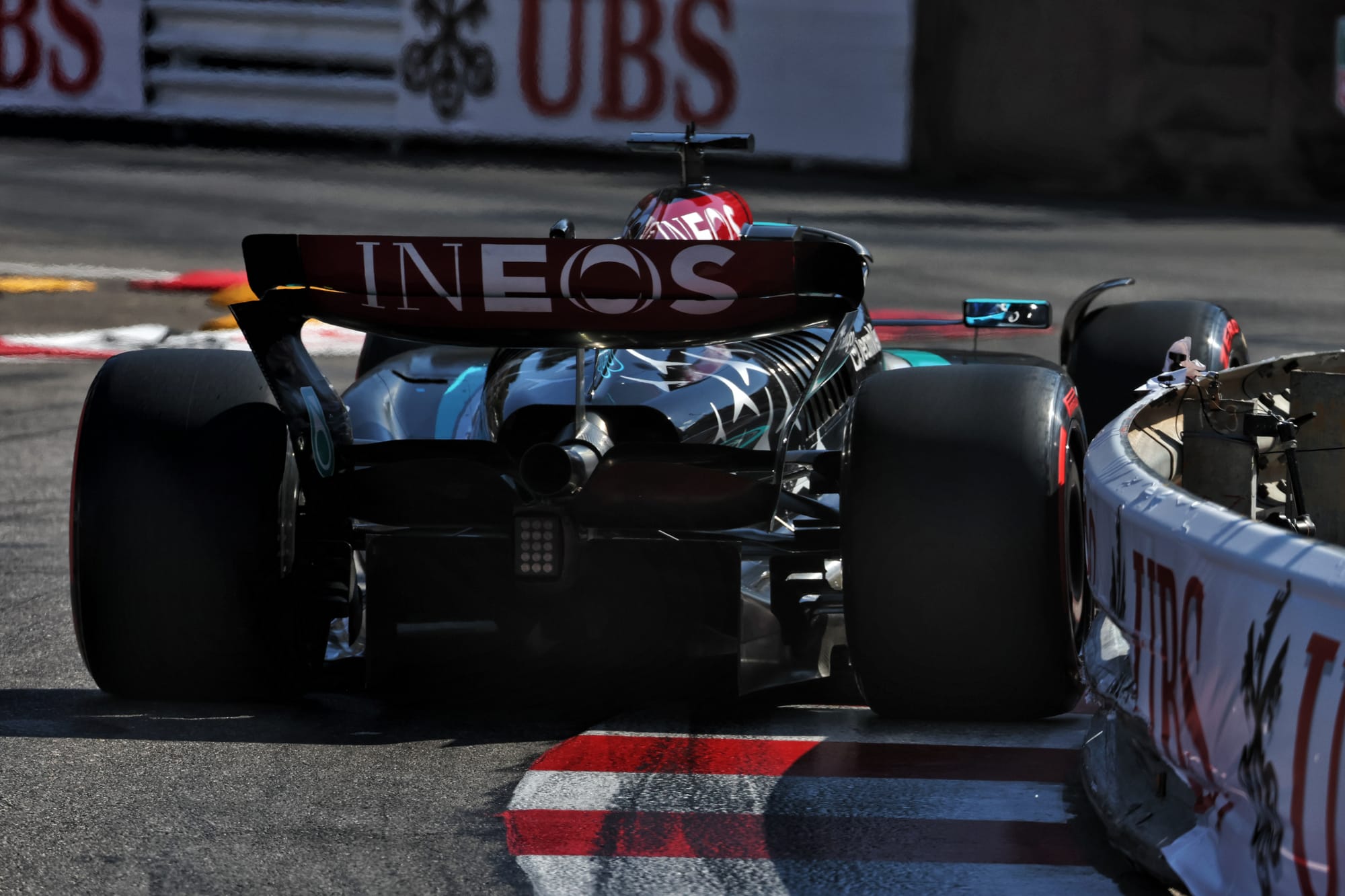
Wolff characterises the Mercedes approach as no longer being about ‘zig-zagging’ in terms of development direction. This is what has led to repeated false dawns followed by slumps.
But Wolff now says Mercedes has identified something fundamental that is giving it confidence in its ongoing development direction.
Encouragingly, that sentiment isn’t dissimilar to the one McLaren team principal Andrea Stella expressed prior to the Austrian Grand Prix upgrade last year that transformed his team’s performance level.
Unlike McLaren, Mercedes doesn’t expect a sudden leap forward. But if it really is on the right path, then sustained, steady development should gradually lift it into the front group. It’s not there now, but it’s not that far off.
A comparison of the performance of Mercedes relative to McLaren over the past year shows the relative performance - and how much difference a small gain could make.
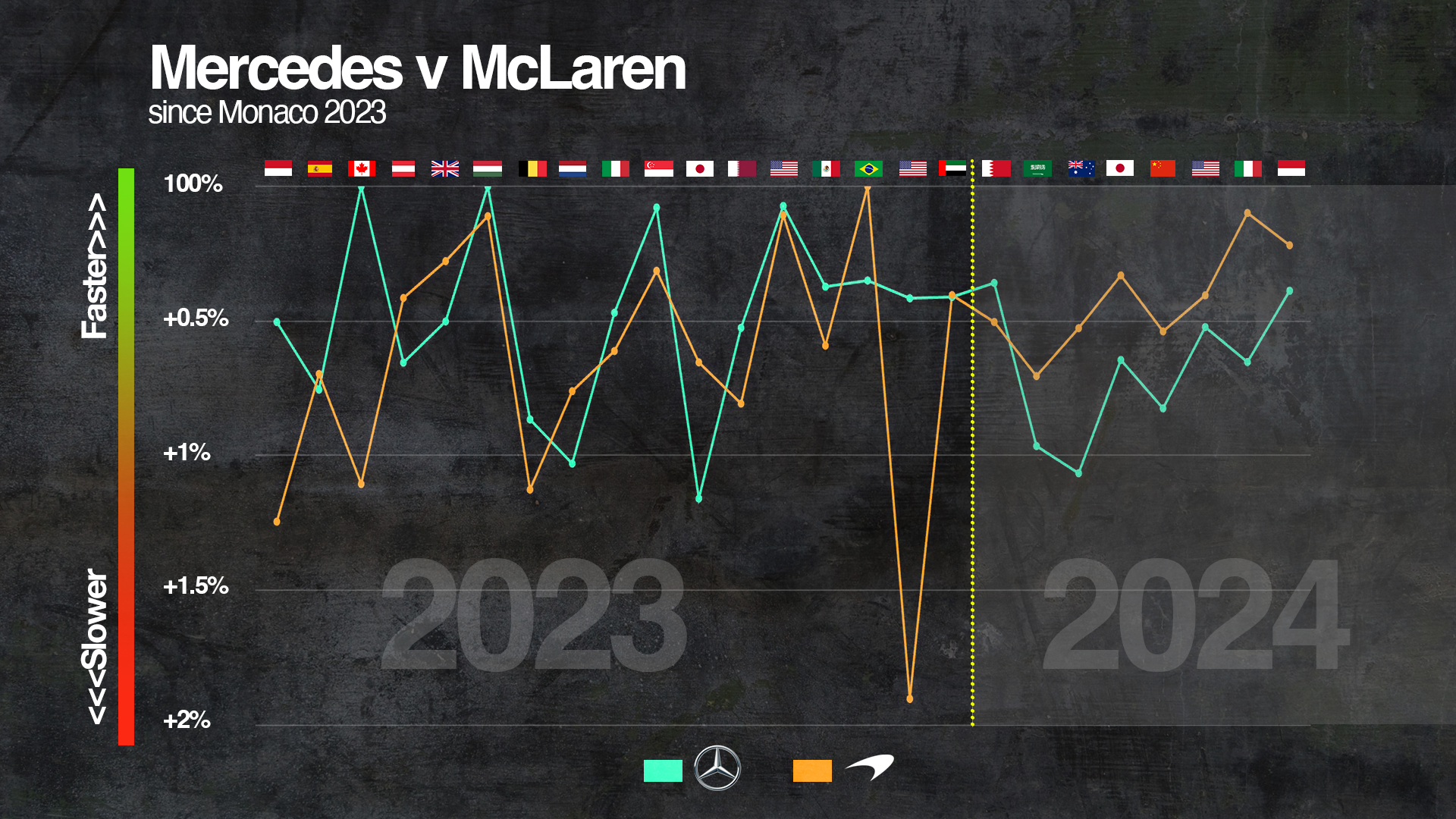
Mercedes still has much to prove. It has to show it really can sustain development and that it has finally built the fundamental understanding of these ground effect machines that are required to be consistently successful.
But it is at least now in a place where gradual development, rather than any more big changes of direction, is what’s needed.
LOOKING TOWARDS 2026
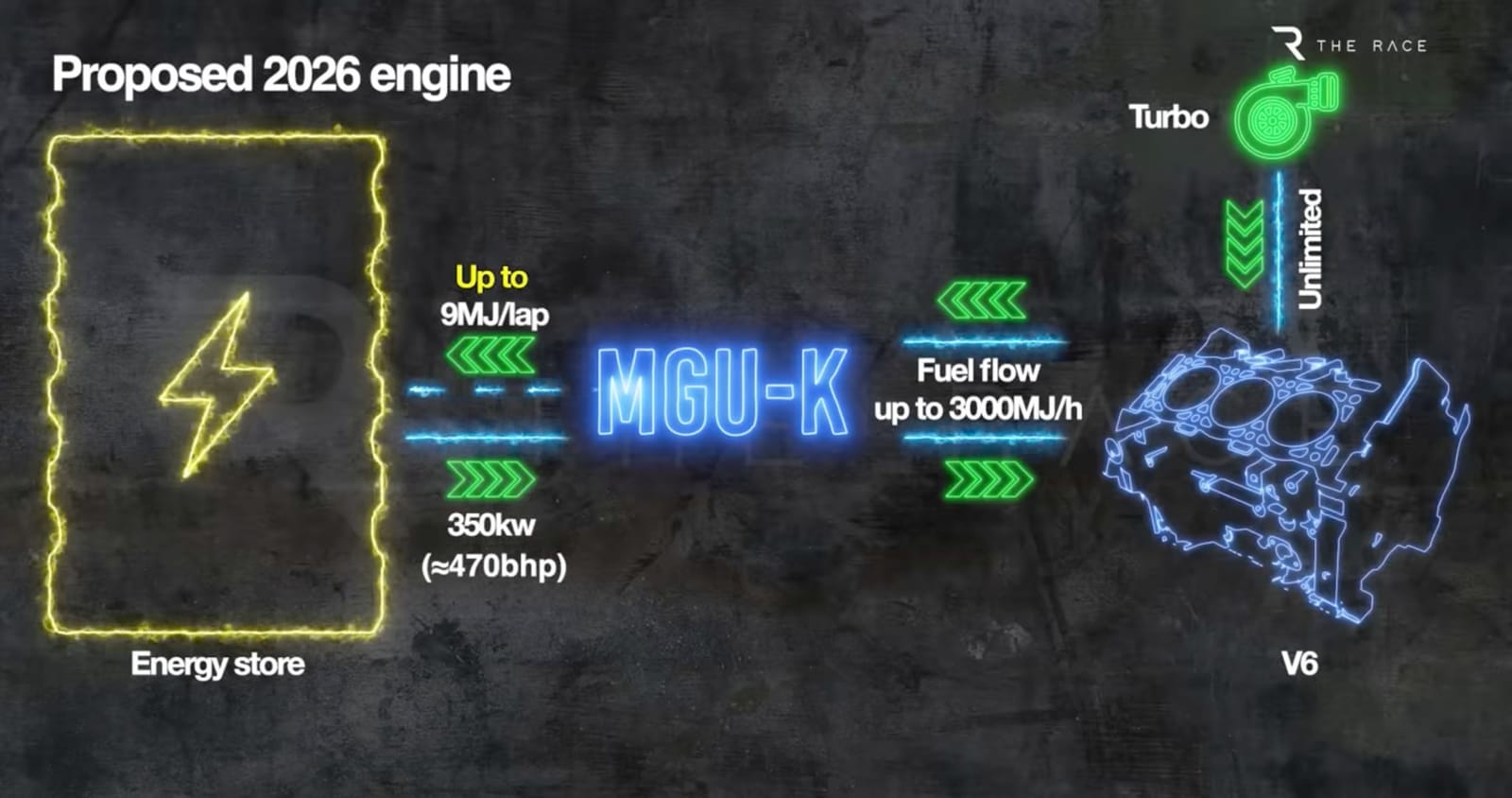
The progress Mercedes makes now is crucial if it’s to be in a strong position come the new engine and chassis regulations in 2026.
The chassis rules are close to being finalised, and while aerodynamic testing on the 2026 cars isn’t permitted until next January, all teams are already putting significant resources into other research and development.
The new cars will continue to feature powerful venturi underfloors so all knowledge being built up now is directly applicable to 2026.
Paddock chatter has it that Mercedes is potentially ahead when it comes to power unit development.
While there’s still a long way to go and any comparisons mean little until the new cars hit the track, few doubt that Mercedes AMG High Performance Powertrains will produce a competitive engine.
As Wolff says, Mercedes has an engine department that is as good as it can be.
That’s despite talk of a ‘brain drain’ at Mercedes with Red Bull team principal Christian Horner recently claiming it has poached 220 staff from Mercedes for its own powertrains operation.
Wolff countered that by saying that the number of engineers taken is actually 19.
It’s understood that the total number is a little higher when taking into account non-engineering staff, but a long way short of the 220 claimed.
And despite the knockabout public arguing, Mercedes is rightly confident in Brixworth’s capacity to produce a top engine.
The key question is whether that will be mated to a car that isn’t giving anything away to its rivals. That’s why the work going on now is critical in deciding whether Mercedes can realistically get back to the front in 2026.

